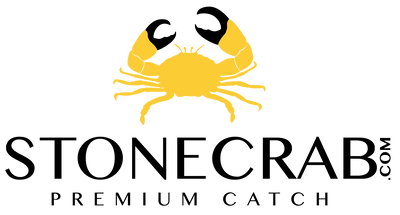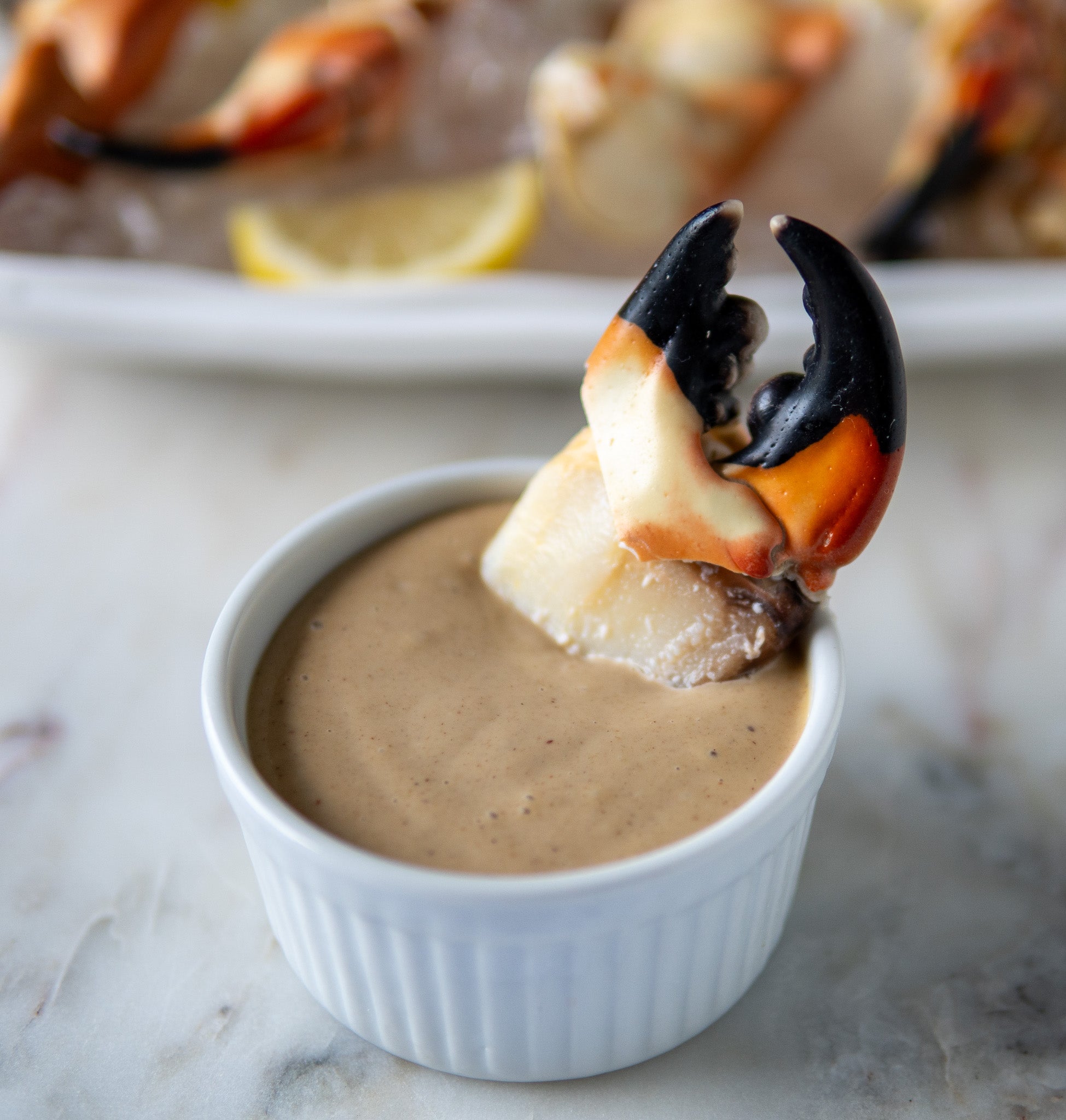How Harvesting Rules Protect Stone Crab Populations
Stone crabs are one of Florida’s most iconic seafood delicacies, prized for their sweet, succulent claws. But their popularity comes with a challenge: balancing demand with sustainability. Unlike other seafood species, stone crabs are harvested in a way that allows them to live and regenerate their claws. This practice, combined with strict harvesting rules, is key to ensuring stone crab populations remain healthy for generations to come.
In this article, we’ll explore how harvesting regulations work, why they matter, and the role they play in protecting one of the ocean’s most unique and renewable seafood resources.
The Unique Way Stone Crabs Are Harvested
Unlike lobsters or shrimp, stone crabs are not harvested for their entire bodies. Instead, fishermen remove one claw and return the crab to the water alive. Over time, the crab regenerates a new claw, making it one of the few truly renewable seafood resources.
Claws are not “RIPPED OFF” the crab. It is actually a defence mechanism for crabs to DROP their claw if they feel they need to. Fishermen just have to poke or pinch an area where the claw connects to the body, and the crab will drop the claw and it’s done…that easy. No tearing or ripping involved.
This method means populations can remain stable, provided harvesting is done carefully. However, it also relies on a strict set of rules to prevent overharvesting or harm to the species.
Seasonal Harvesting Rules
The most important protection for stone crab populations is the seasonal harvest window. The Florida Fish and Wildlife Conservation Commission (FWC) regulates the stone crab season, which typically runs from October through May.
Closing the season during summer allows crabs to regenerate claws, reproduce, and avoid unnecessary stress during warmer months when mortality rates are higher. This seasonal restriction is a cornerstone of population protection.
Size and Claw Regulations
Not every claw can be taken. Regulations specify that only claws above a certain size, usually 2.75 inches or larger are legal to harvest. This ensures that young crabs have enough time to mature and reproduce before losing a claw.
Additionally, only one claw can be legally removed. Fishermen are allowed to remove claws that are of legal size. Even if both claws are removed, a crab will go into defensive mode to protect itself until a new claw regenerates. The crab still has small feeding claws, so these are not their only means of eating.
Trap and Gear Restrictions
Harvesting rules don’t stop at size and season; they also extend to the equipment used. Fishermen must follow strict guidelines on the number of traps they deploy and the types of gear allowed. Each trap must include biodegradable panels to ensure that if a trap is lost, it won’t continue capturing crabs indefinitely, a phenomenon known as “ghost fishing.”
These gear regulations reduce unintended harm to stone crab populations and the broader marine ecosystem.
Why Harvesting Rules Matter for Sustainability
Without harvesting rules, stone crab populations would be at serious risk. Overharvesting, especially of undersized crabs, could lead to declining numbers and even collapse of the fishery. By implementing and enforcing regulations, fisheries managers ensure that stone crab remains a sustainable resource, both ecologically and economically.
Sustainability also benefits local communities. The stone crab industry supports thousands of fishermen, restaurants, and distributors in Florida. Protecting the species protects livelihoods and the culture surrounding this iconic seafood.
Challenges to Stone Crab Populations Beyond Harvesting
While harvesting rules provide critical protection, stone crabs face other threats as well:
-
Climate Change: Rising ocean temperatures can stress populations and affect reproduction.
-
Red Tide: Algal blooms can cause mass die-offs, reducing claw availability and impacting long-term population health.
-
Habitat Loss: Coastal development threatens seagrass beds and estuaries where young crabs thrive.
These challenges highlight the importance of combining harvesting regulations with broader conservation efforts.
The Role of Consumers in Supporting Sustainability
Consumers play a key role in protecting stone crab populations. By purchasing claws from licensed, reputable sources, you ensure the crabs were harvested legally and sustainably. Asking restaurants or markets about the origin of their stone crab is one way to encourage transparency and responsible practices.
Supporting sustainability may sometimes mean paying a higher price, but it guarantees that stone crab will remain available in the future.
The Future of Stone Crab Harvesting
As demand for stone crab grows, harvesting rules will continue to evolve. Fisheries managers may adjust size limits, season lengths, or trap regulations in response to environmental conditions. The goal is always the same: maintaining a balance between consumer demand and species survival.
Emerging research into crab biology and regeneration may also shape future policies. Understanding how quickly claws regrow under different conditions could lead to even better management strategies.
Conclusion: Protecting a Renewable Seafood Treasure
Stone crab is more than just a delicacy, it's a symbol of how sustainable practices can preserve marine resources. Harvesting rules, from size restrictions to seasonal closures, ensure that these populations remain strong while supporting coastal economies.
By respecting and understanding these regulations, we protect not just the species but also the cultural and culinary traditions that depend on it. Stone crab’s future lies in the balance between harvesting and conservation and thanks to these protections, it’s a future filled with promise.



